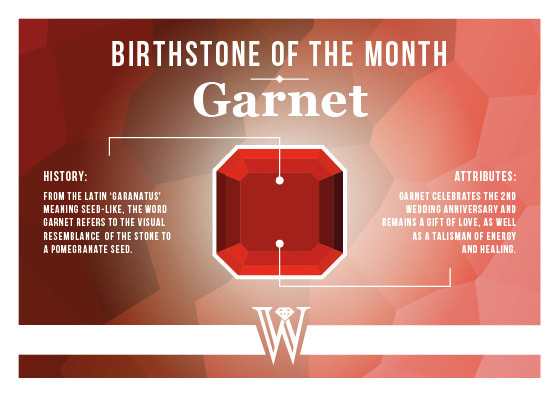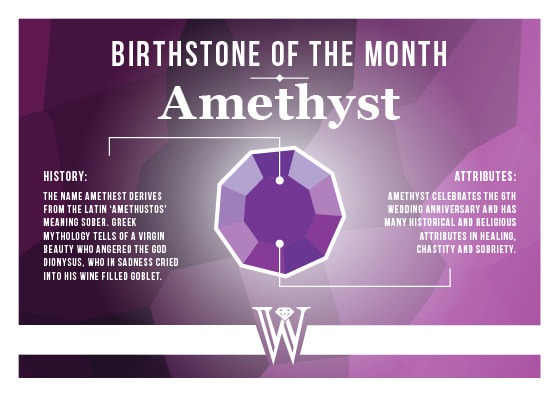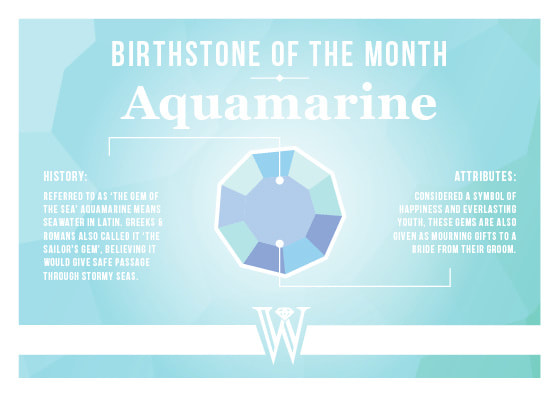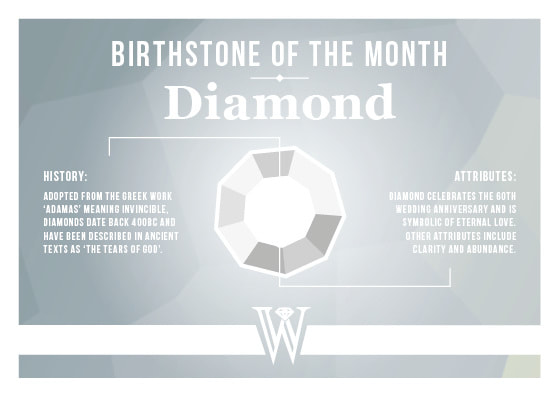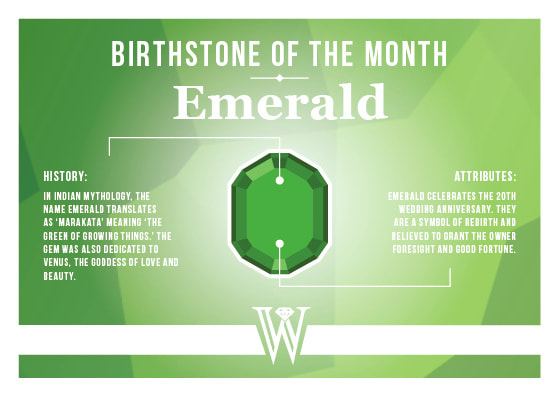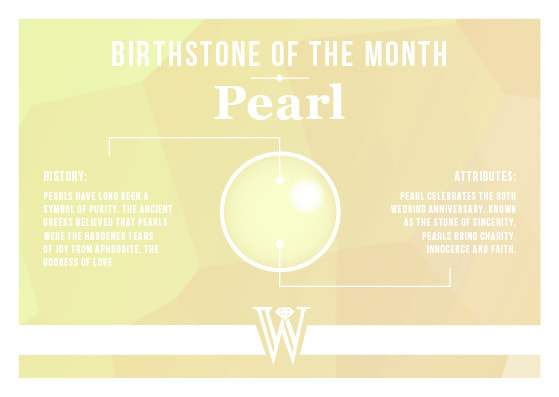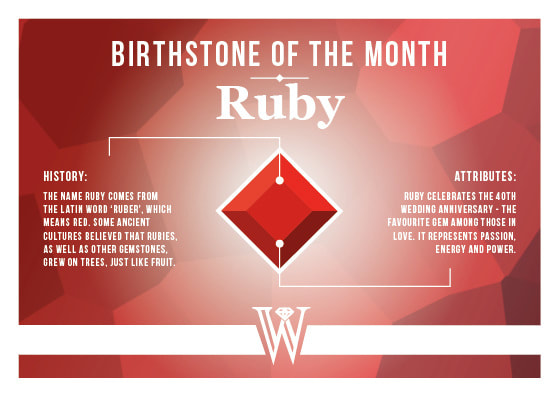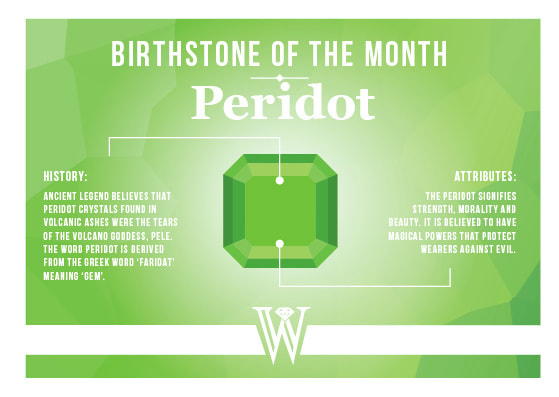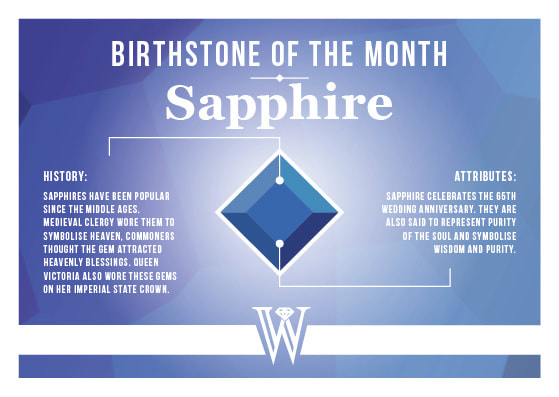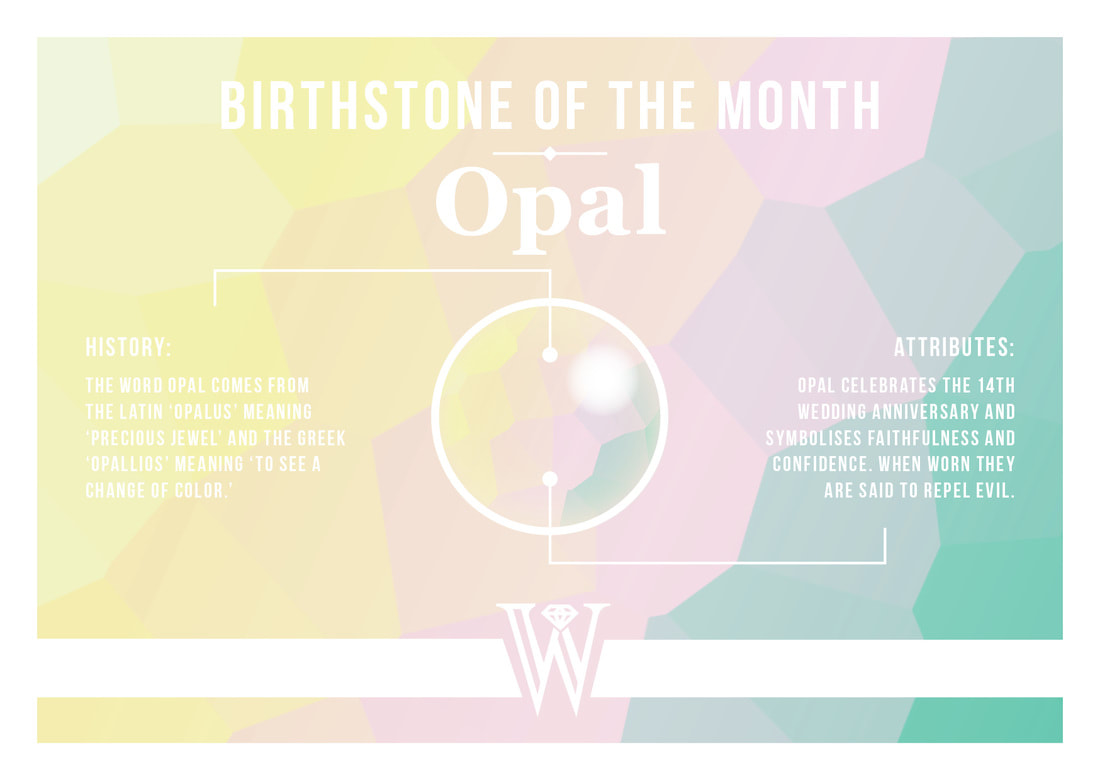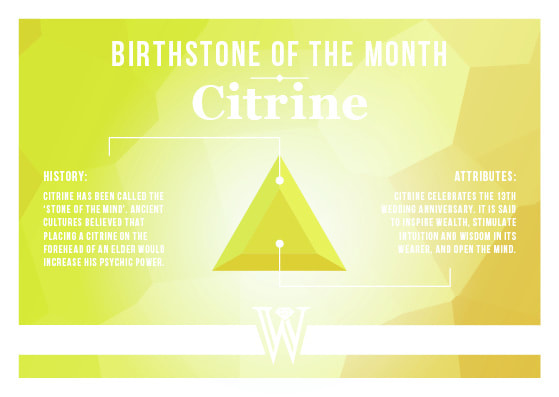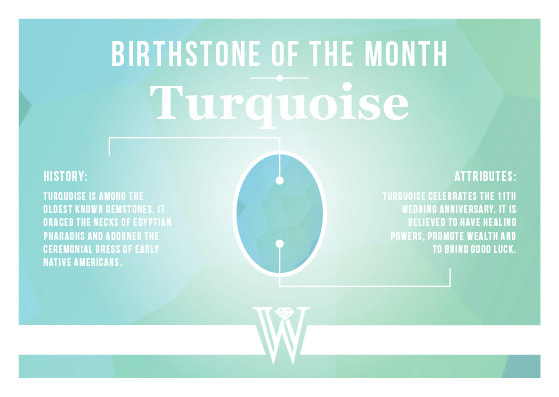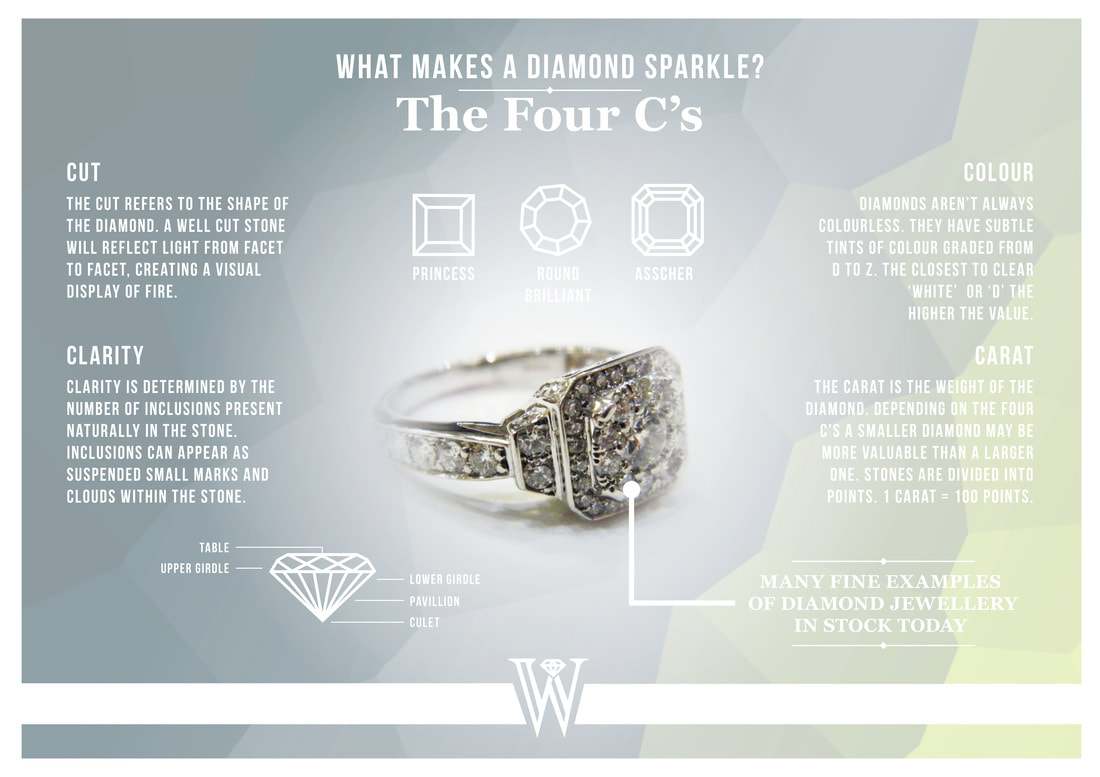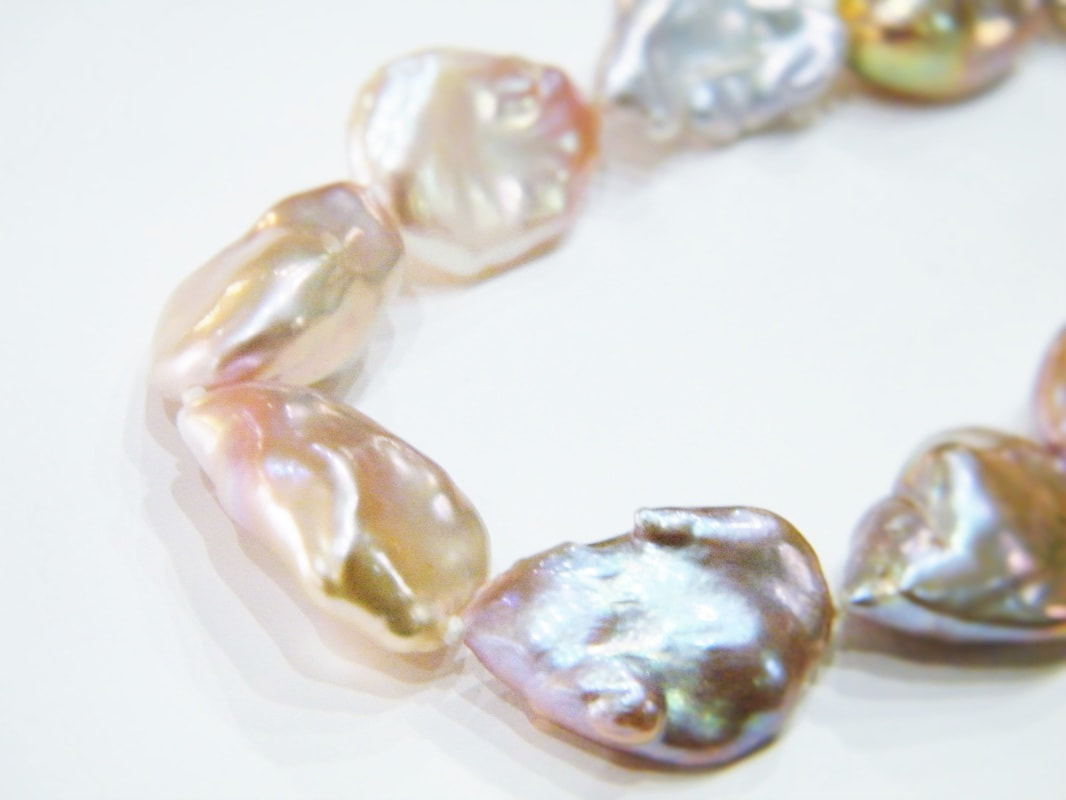Gemstone Guide
Introduction
Gemstones are mysterious, beautiful and precious. The wide range of colours, textures and properties can seen overwhelming. In simple terms, gemstones can be divided into three categories - Mineral, Organic and Synthetic. Mineral gemstones are found in rocks, organic gemstones are produced by nature via plants and animals, and synthetic stones are made in laboratories. You may already know your own birthstone, or perhaps celebrated an anniversary marked with a particular gemstone or metal? If not, we have compiled a simple information source which details the most popular gemstones, their history and what makes them so special. If you have any more questions about gemstones, please ask one of our sales consultants who would be happy to help.
Pick a Gemstone from the list below.
|
Garnet
Amethyst
Aquamarine
Diamond
Emerald
Pearl
|
Ruby
Peridot
Sapphire
Opal
Citrine
Turquoise
|
Choosing A Diamond
When it comes to choosing a diamond set piece of jewellery, it is important to know the basics to ensure you get the right stone for the right budget. Diamonds are amongst the world's most valuable commodities when measuring for size. Universally popular and more valuable than precious metals, diamonds truly are a girl's best friend. But why are diamonds so special? And how do you choose between them? Below is a brief introduction into the complex world of Diamonds. If you have any questions please speak to our sales consultants.
|
Q) What are diamonds made of?
|
Q) How are diamonds formed?
|
Q) Where do diamonds come from?
|
|
A) Diamonds are made a colourless crystalline form of pure carbon (c), the hardest naturally occurring substance. Carbon is considered one of the 'building blocks of life.'
|
A) In simple terms, sediment made from ancient flora, fauna and creatures accumulated over hundreds of millions of years to form tectonic plates. As the tectonic plates collided one plate was forced underneath the other, sending it down into the depths of the Earth. Under extreme heat and pressure diamond crystals started to grow. Volcanic activity brought these diamond crystals to the surface creating diamond deposits.
|
A) Natural diamonds are mined in approximately 25 countries across five continents. However, Africa, Russia, and Canada account for more than 90% of the world's natural gem-quality diamond production.
|
DID YOU KNOW - The first known use of a diamond engagement ring took place in 1477, when Archduke Maxmillian of Austria gave Mary of Burgundy a gold ring featuring an M spelled out in diamonds.
When buying a diamond remember the 4 C's...
Choosing Pearls
We often get asked about pearls, how they're formed and how they differ from one to another. In simple terms, pearls can be categorised into two groups - NATURAL pearls and CULTURED pearls. Within those two categories you can also define pearls by their FRESHWATER origin or SALTWATER origin. Read on to discover more about the beauty of pearls.
WHAT'S THE DIFFERENCE BETWEEN NATURAL AND CULTURED PEARLS?
Natural pearls are now extremely rare. They are created naturally in fresh or salt water. A small particle of sand or grit gets caught inside the mollusc and begins to cause irritation. The mollusc produces a silky white substance called nacre (pronounced nay-ker) that coats the particle. Layer by layer, the nacre builds to form a rough sphere. These natural pearls are often misshapen and dark in colour. The majority of pearls you will see in high street jewellers are cultured pearls. Cultured pearls are created by artificially inserted a mother of pearl bead or other nucleus into a mollusc - this helps control the shape and size.
WHAT'S THE DIFFERENCE BETWEEN AN OYSTER AND A MUSSEL?
Oysters, mussels, scallops and clams are all shellfish and members of the scallop family. They can ALL produce pearls but they produce different types of pearls. They also live in different types of water, for example oysters are commonly found in saltwater, mussels are commonly found in freshwater.
WHAT DIFFERENT TYPES OF PEARL ARE THERE?
- AKOYA pearls are the classic pearl variety. They are produced by the Akoya Oyster in saltwater. They are abundant and favoured by most jewellers for their round shape and mirror-like finish.
- TAHITIAN pearls are dark in colour. They are also referred to as exotic black-lip pearls. Although they are referred to as black they come in an array of dark colours, which can prove troublesome when trying to match colours.
- FRESHWATER pearls are the most commonly produced and come in a wide range of colours and shapes. Popular for their quirky shapes, hues and warm lustre.
- WHITE SOUTH SEA - the rarest of all pearls. Famous for their large size and rare due to their limited cultivation area. They have a soft lustre and are mostly cultivated from the northwest coast of Australia.
- GOLD SOUTH SEA - Large, luxurious and loved for their golden warm colouring. Each pearl can take approx 2-4 years to develop. These pearls are primarily grown in the Philippines and Indonesia.
Anniversary & Birthstones
Don't forget to buy your special someone something special! We have lots of gifts in stock to order for adults and children. Below is a basic list of milestones to help you remember. Speak to one of our sales consultants to discuss your gift requirements today!
STARSIGN |
PERIOD |
COLOUR |
GEMSTONE |
ALTERNATIVE |
Capricorn |
December 22nd - January 19th |
Dark Red |
Garnet |
- |
Aquarius |
January 20th - February 18th |
Purple |
Amethyst |
- |
Pisces |
February 19th - March 20th |
Pale Blue |
Aquamarine |
Bloodstone |
Aries |
March 21st - April 19th |
White |
Diamond |
Rock Crystal |
Taurus |
April 20th - May 20th |
Bright Green |
Emerald |
Chrysoprase |
Gemini |
May 21st - June 21st |
Cream |
Pearl |
Moonstone |
Cancer |
June 22nd - July 22nd |
Red |
Ruby |
Cornelian |
Leo |
July 23rd - August 22nd |
Pale Green |
Peridot |
Sardonyx |
Virgo |
August 23rd - September 22nd |
Deep Blue |
Sapphire |
Lapis Lazuli |
Libra |
September 23rd - October 23rd |
Variegated |
Opal |
- |
Scorpio |
October 24th - November 21st |
Yellow |
Citrine |
Topaz |
Sagittarius |
November 22nd - December 21st |
Sky Blue |
Turquoise |
- |

